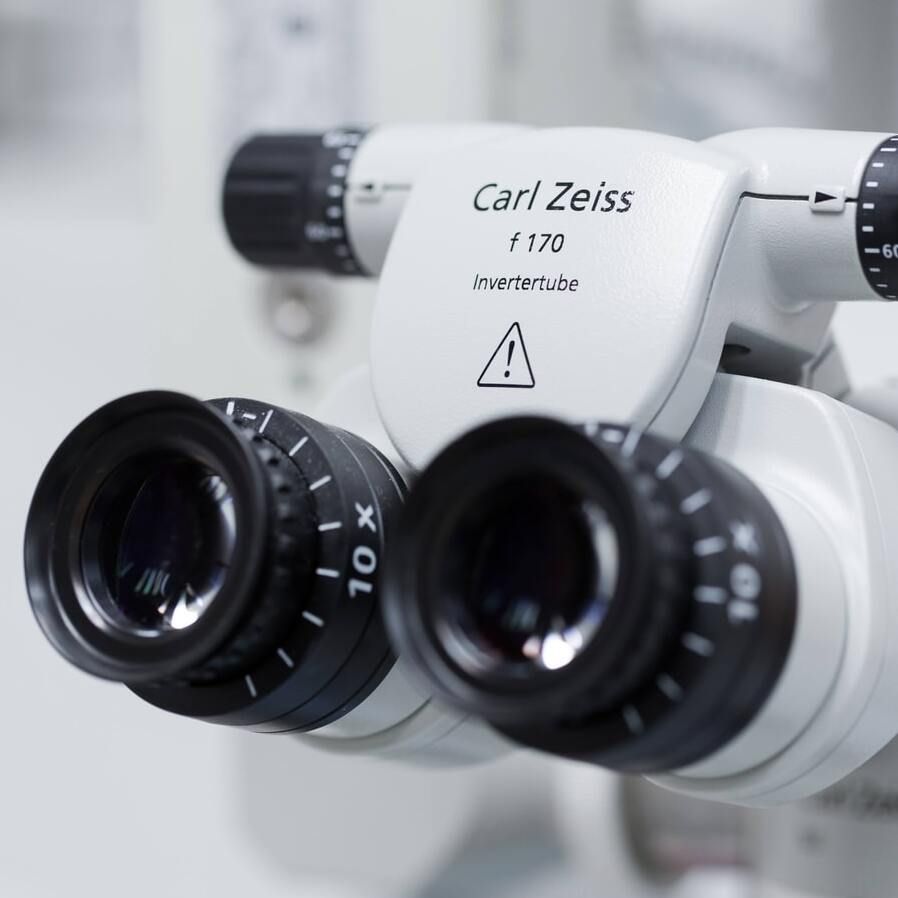Article
Sickle Cell Anemia Linked to Significant Retinal Thinning
Author(s):
SDOCT imaging shows that sickle cell patients with no clinical evidence of retinopathy have considerably lower central macular thickness when compared with healthy controls.

Patients with sickle cell anemia may present with significantly lower central macular thickness despite no signs of retinopathy, a new study from Jordan suggested.
The cross-sectional study was conducted by investigators at the University of Jordan, who evaluated participants with and without sickle cell anemia using visual acuity testing, slit-lamp bio-microscopy, dilated ophthalmoscopy, and spectral domain optical coherence tomography (SDOCT) imaging.
Although sickle cell retinopathy is the most prominent ocular abnormality in sickle cell patients, such patients may present as asymptomatic and thus may fail to attend scheduled visits with their ophthalmologists. Even more, many patients with sickle cell disease may not exhibit obvious or any visual symptoms during examination.
Therefore, the investigators sought to determine whether patients with the Hb SS variant exhibit early tomographic evidence of subclinical ischemia, or retinal thinning, despite no significant findings.
The Study
The team enrolled a total of 20 eyes from sickle cell patients who attended the hematology and ophthalmology clinics at Jordan University Hospital between January 2020-March 2020. Participants were age- and sex-matched with a control group during that period.
Any patient with an ocular disease that might affect retinal thickness or a history of intraocular surgery were excluded from the study.
At the outset of the study, participants underwent a full ophthalmic examination by a single retina consultant. The examination included visual assessment acuity with a Snellen chart and a fully dilated fundus examination, among other tests.
SDOCT images were collected and assessed — the investigators gathered data of measurements for all quadrants (central macular, superior, inferior, temporal, and nasal quadrants).
The Findings
As such, they found that the median binocular best-corrected visual acuity in both groups was 20/20, and the median intraocular pressure in sickle cell patients were 13.4 mmHg in the right eye and 13.2 mmHg in the left eye.
The comprehensive eye examinations also revealed slit-lamp examination findings to be within normal limits in all patients.
According to SDOCT imaging, the mean central macular thickness was significantly thinner in eyes with sickle cell disease than in the control group eyes (P = 0.002). This observation was similarly true for the other peripheral quadrants.
Additionally, sickle cell eyes had lower thickness difference indexes compared with the control eyes, particularly in the superior (P = .045) and temporal (P = .009) quadrants.
Men with sickle cell exhibited greater retinal thickness (median = 371 µm) than women with sickle cell (median = 222.5 µm). However, the investigators indicated this was not statistically significant.
They acknowledged the small sample size as a significant limitation of the study. They also encouraged future studies to evaluate progression of potential tomographic changes over time, determine how they relate with stages of overall retinopathy, and examine any potential effects of certain therapeutic approaches.
“Our findings imply that SDOCT and nascent tomographic technologies can provide non-invasive and accurate assessments of sickle cell disease pathophysiology,” the investigators concluded.
The study, “Central macular thickness in patients with sickle cell disease and no signs of retinopathy: a cross-sectional study of Jordanian patients,” was published online in Journal of International Medical Research.





